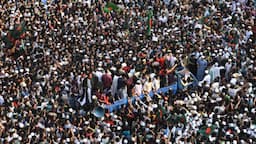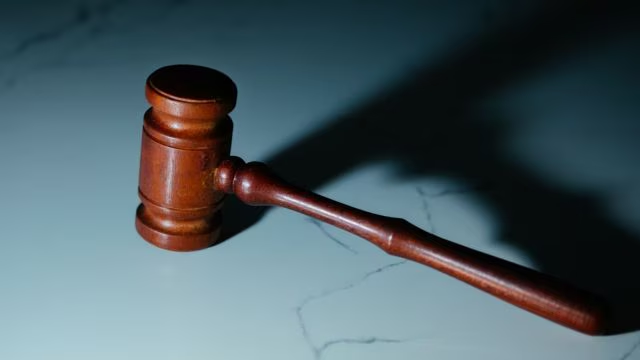In a recent ruling, the Supreme Court of India has taken a significant stance against the routine directive of High Courts to summon Government Officers to appear in person. The apex court emphasized the importance of judiciously assessing the necessity of such appearances and advocated for the utilization of video conferencing as the primary mode of interaction.
The case in question arose from a directive issued by the Calcutta High Court, which ordered the personal appearance of the Jurisdictional Superintendent of Police (SP) without recording adequate reasons for such a summons. Justices BR Gavai and Sandeep Mehta, presiding over the matter, underscored the need for High Courts to justify the requirement for a government officer's personal presence in court.

Citing the Standard Operating Procedure (SOP) outlined in the State of Uttar Pradesh & Ors. Vs. Association of Retired Supreme Court and High Court Judges at Allahabad & Ors. case, the Supreme Court reiterated the protocol for government officer appearances. The SOP specifies that, in exceptional circumstances, if the court deems it necessary for a government officer to appear, the initial preference should be for video conferencing.
The bench emphasized that any directive for personal appearance must be supported by compelling reasons, qualifying as "exceptional or rare" circumstances. Furthermore, the court stressed the importance of recording these reasons to ensure transparency and accountability in the legal process.
This ruling aligns with the Supreme Court's previous observations in the State of Uttar Pradesh Vs. Manoj Kumar Sharma case, where it cautioned against the frequent summoning of government officers to court. The court highlighted the adverse impact of such directives on the officers' official responsibilities and the potential delays in decision-making processes.
The underlying principle guiding the Supreme Court's stance is the efficient administration of justice while minimizing undue burden on government officials. By advocating for the prudent use of government officer appearances and prioritizing video conferencing, the court aims to strike a balance between judicial proceedings and administrative obligations.

It is worth noting that the dignity and efficacy of the judicial system are not necessarily enhanced by summoning government officers to court. Instead, respect for the court should be commanded through judicious decision-making and adherence to procedural fairness.
In light of this ruling, High Courts across the country are expected to exercise caution when issuing directives for government officer appearances. The emphasis on utilizing technology such as video conferencing underscores the judiciary's commitment to modernizing legal proceedings and ensuring accessibility and efficiency in the legal system.
In conclusion, the Supreme Court's recent ruling underscores the importance of discretion and accountability in summoning government officers to court. By advocating for the prudent use of personal appearances and leveraging technology for virtual interactions, the court reaffirms its commitment to upholding the principles of justice while respecting the responsibilities of government officials.
















